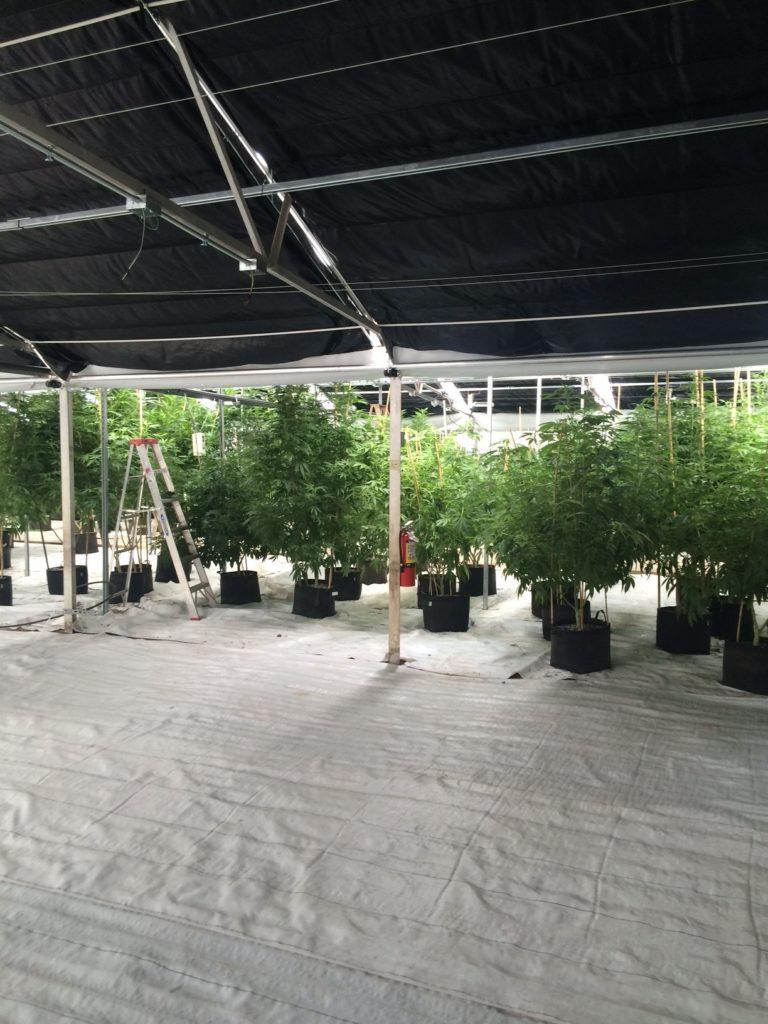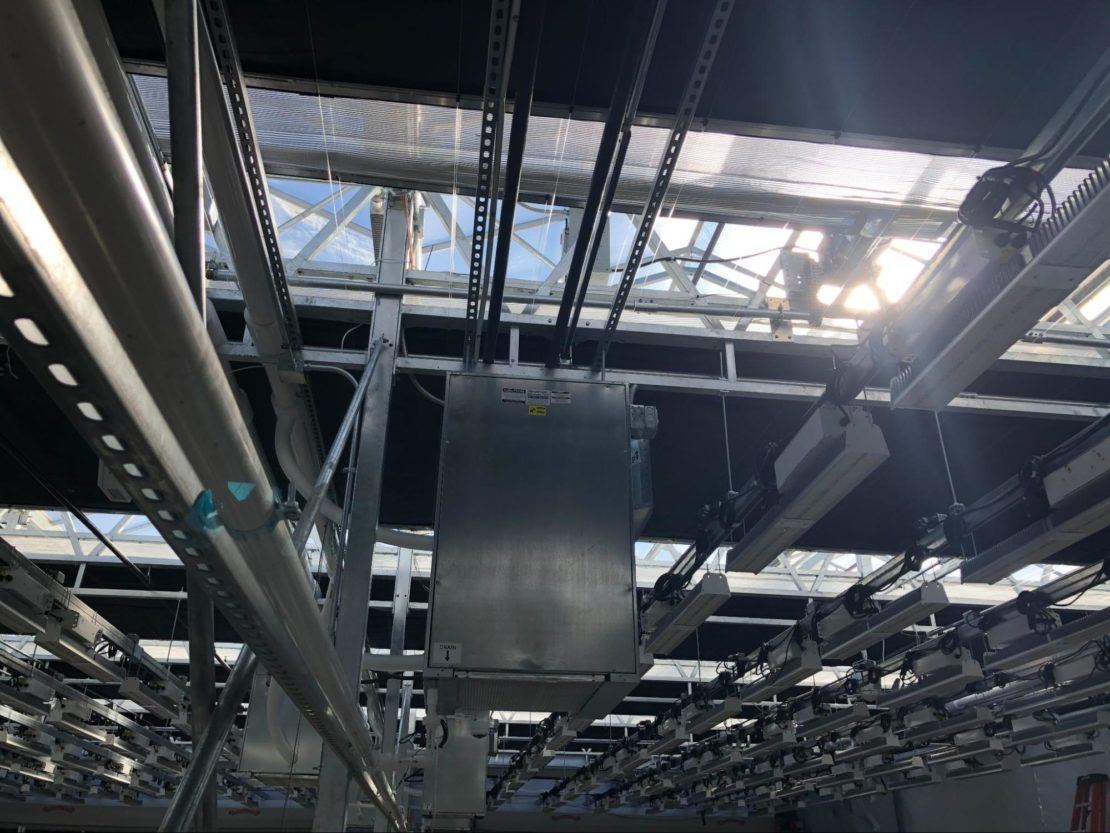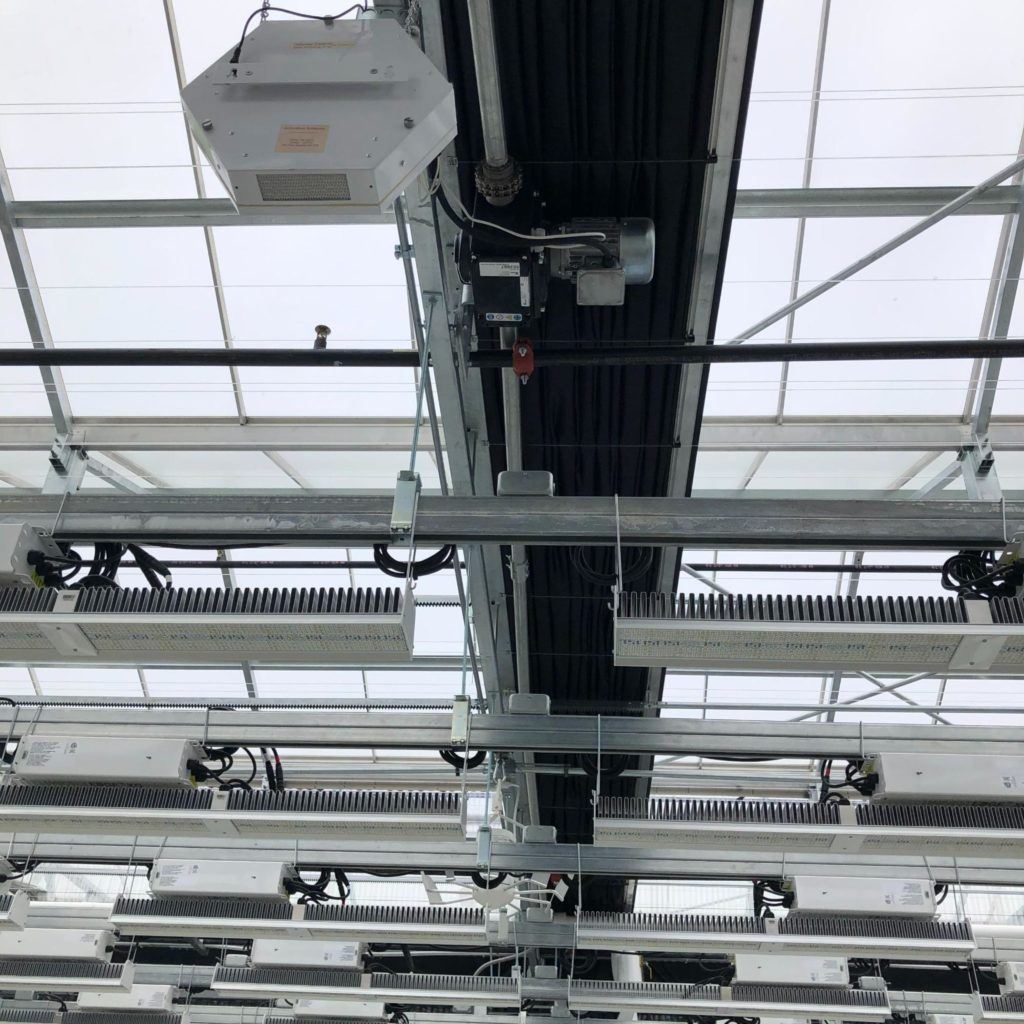Cannabis Lighting Requirements
Cannabis Day/Night Lighting
Cannabis growers need to know that their cannabis plants require a photoperiod process. This means that for the plants to go through photosynthesis, you need to provide your plants with lots of light and also complete darkness. The amount of light and dark that your plants receive will be dependent on the strain of cannabis as well as which stage of growth they’re in. Tricking your plants into thinking that they have 12 hours of day and 12 hours of night during certain stages is beneficial for optimal plant growth.

Types of Grow Lights and Energy Savings
Different kinds of grow lights have a variety of light spectrums and will have different energy savings ability. Two types of grow lights are High-Pressure Sodium (HPS) lighting and Light-Emitting Diode (LED) lighting. The lighting that tends to be more energy efficient is LED lighting because LED lights emit less heat therefore they’re able to put more energy into lighting.
Light Affects Temperature and Humidity
Grow lights radiate heat throughout your grow operation, so this supplemental lighting adds to the temperature that may already be created by heating and cooling systems. The heat from the lighting also affects humidity by the rise in the plants’ transpiration rates. Transpiration rates are the amount of water vapor present in the air at a given time. The higher the relative humidity, the lower the transpiration rate will be. With lighting affecting temperature and humidity, growers will want to have climate control over their cannabis cultivation.
Cannabis Temperature Control
Properly size your HVAC system
When installing an HVAC system into your indoor cannabis growing operation, you need to account for how big or small your grow operation is. If you install an HVAC system that is too big for the area it will work too hard and lose its power faster. If the HVAC system is too small for the area it won’t be able to provide adequate airflow to circulate. This will result in not all of the plants getting the same amount of care and may mean that the plants will grow differently or become stagnant in growth.
Install horizontal air flow (HAF) fans
The installation of horizontal air flow fans provides circulation of heated air from overhead heaters. The heated air is able to be circulated to reach the needed areas of the greenhouse. These HAF fans are long lasting, easy to install, highly efficient and have an inexpensive capital cost.

Use curtains to provide shade during summers
An element of environmental control that most cannabis growers should implement for the best cannabis cultivation is providing shade over their plants during the summers. Providing the plants with shade is vital to inducing the flowering stage for the plant, curtains that black out the sun can create an optimal condition for photoperiod. It can be as simple as a tarp over your grow tent that is outdoors with a framed structure and pulley system for ease of use. Or you can have a greenhouse with retractable black out curtains that ensure no light comes in and for some greenhouses these shade curtains can be fully automated to open and close on their own, to a specific schedule.

Indoor Cannabis Humidity Control System

Ideal Humidity Range for Cannabis
Indoor growers want the most ideal conditions for their plants, just like you want your cannabis to be growing at a precise temperature you will also want to control humidity levels. Most growers believe there is a correct humidity range of 40-70% relative humidity. Just like other variables, humidity levels in controlled environments may need to change depending on the growth stage the cannabis plants are in.
Preventing Molds and Mildews
Humidity creates mold and mildew. Implementing a specialized mechanical cooling system can dehumidify the air in your grow room. Controlling the humidity is beneficial for preventing mold before it starts on your cannabis plants. If you’re selling the cannabis you’re growing, growers have to be careful with the treatments you use on the plant if they do develop mold so it’s helpful to use the control of humidity levels to prevent it from beginning. The industry is getting more and more regulated, so everything sold on the commercial market will require testing, to ensure mold, pesticides, or other contaminants are not passed on to the consumer.
Dehumidification Vs HVAC
To dehumidify the area you’re growing your cannabis in, chilled water and hydronic reheat systems run water through a loop piping system. Fans bring humid air in the environment across chilled water coils for dehumidification. After that hot water coils are used to restore the dry air to the environment. Dehumidifiers are devices that use heat exchangers to condense water in the unit and remove water from the air.
HVAC are chillers and mechanical cooling systems that can be used in sealed greenhouses for temperature control, more than humidity control, and they provide proper air flow.
Utilizing Airflow to Improve Cannabis Cultivation
The use of some systems of air movement can create uneven airflow, and not provide all of the plants with equal growing conditions. This will cause growers to have differentiation in their plants which can lead to some of them dying off or not be commercially viable. Air circulation systems can be utilized to provide better airflow for improvement in cannabis cultivation climate control.
Improve Cannabis Growth with CO2
Carbon dioxide or CO2 is essential for the photosynthesis process, and implementing more CO2 than is naturally made in the environment, can improve the plants growth. With supplemental lights and the plants getting enough water, additional CO2 can be added to improve growth even more. Growers can implement compressed CO2 which is in the form of an odorless gas and can be injected through climate control systems for distributing over the plants through the air.
When you’re selling medical cannabis, it’s essential to have healthy and consistent plants. Recreational cannabis customers would also appreciate a clean product! Improving your cultivation techniques will benefit all consumers.
Remove Ventilation to Improve Cannabis Climate Control
The purpose of ventilation for indoor cannabis growers is to dehumidify the air in the room without a dehumidifier. The downside is that this ventilation allows for heat and CO2 to possibly escape. Then the grower will have to spend more on operational costs due to having to provide more heating and adding CO2. By removing ventilation you can limit your operational costs and you can still have humidity control by using other dehumidification systems. In the cannabis industry, climate control systems give you control over factors like temperature and humidity. With this control, growers can be more successful with consistent cannabis plants.

FAQ
Does temperature affect cannabis?
Temperature in the environment that the cannabis is being grown in can possibly slow down its bud growth when flowering. A precise temperature can also speed up the growth of your cannabis plant. Temperature levels are very important to the way your plants will grow.
Does CO2 increase cannabis yield?
Carbon dioxide or CO2 is necessary for cannabis growth. CO2 is necessary for photosynthesis to be completed by the cannabis plant. So yes, CO2 can increase cannabis yield and stronger cannabis plants by converting that CO2 into energy to continue growing.